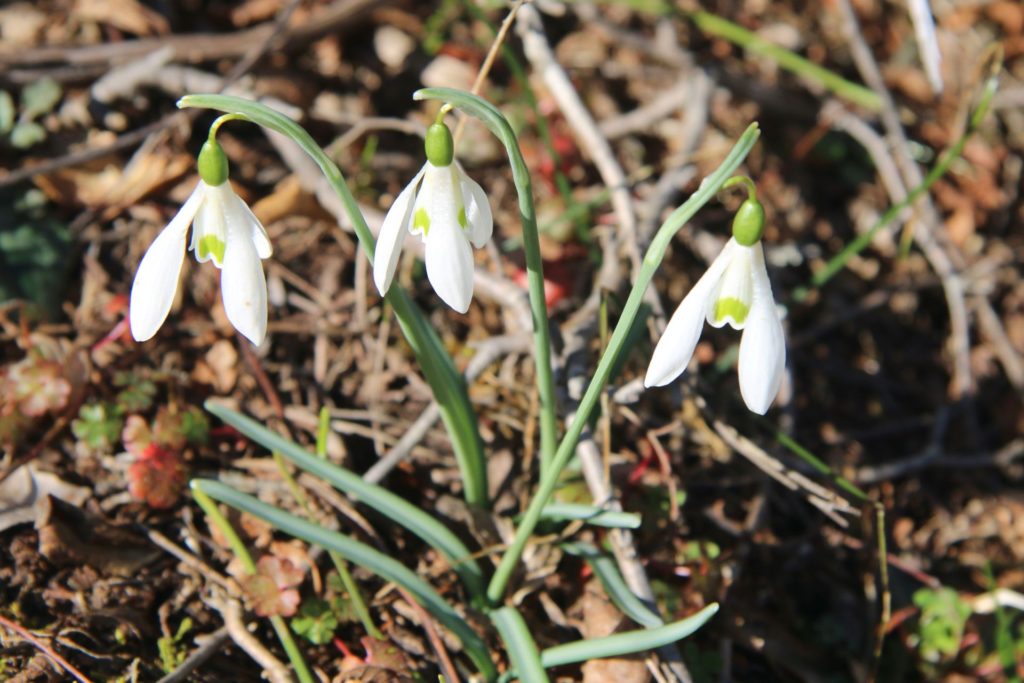
Spring is in the air and nature is awakening in Montenegro. The cornel trees show their tiny yellow blossoms and the white-pink flowers of almond trees can be noticed everywhere. The woodlands around Skadar Lake are covered with carpets of crocuses and snowdrops and the first spring flowers also appear in the wetlands along rivers and streams.
If you decide to get out of your house or apartment in town and go for a nice walk in the countryside, various delicate and colorful flowers will lift your spirits after the rainy days and remind you that spring is just around the corner. The hills and forests will soon become violet, yellow, pink, white… Yes, Montenegro is a paradise for nature lovers, botanists, photographers, or for outdoor fans who just love to see wildflowers.
Here’s seven of the earliest spring flowers to look out for:
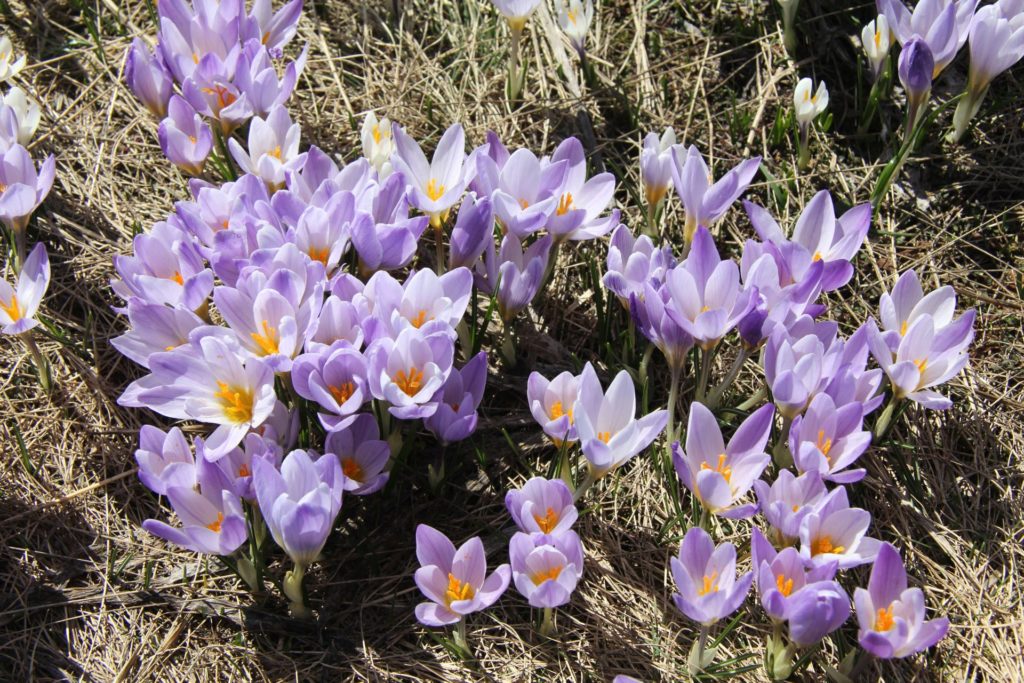
1. Quite common, like everywhere in Europe, is the snowdrop (Galanthus nivalis). It is one of the first flowers in early spring and it may not even wait for the snow to melt before emerging from its winter sleep. As it looks like three drops of milk hanging from a stem, its Latin name, Galanthus, means “milk flower”.
Why is the snowdrop also called “Flower of Hope”? According to a legend, the snowdrop became the symbol of hope when Adam and Eve were expelled from the Garden of Eden and Eve was about to give up hope that the cold winters would ever end. But then an angel appeared and transformed some of the snowflakes into snowdrop flowers, proving that winter does eventually give way to spring.
2. The most popular early spring flower is the crocus. Purple carpets created by thousands of crocuses cover the woodlands around Skadar Lake and in the valley of Bjelopavlići. Although they are cultivated in Western Europe, in particular in the Netherlands, crocuses are native in the Balkans. Crocus sativus is used to get saffron, a well-known and very expensive spice.
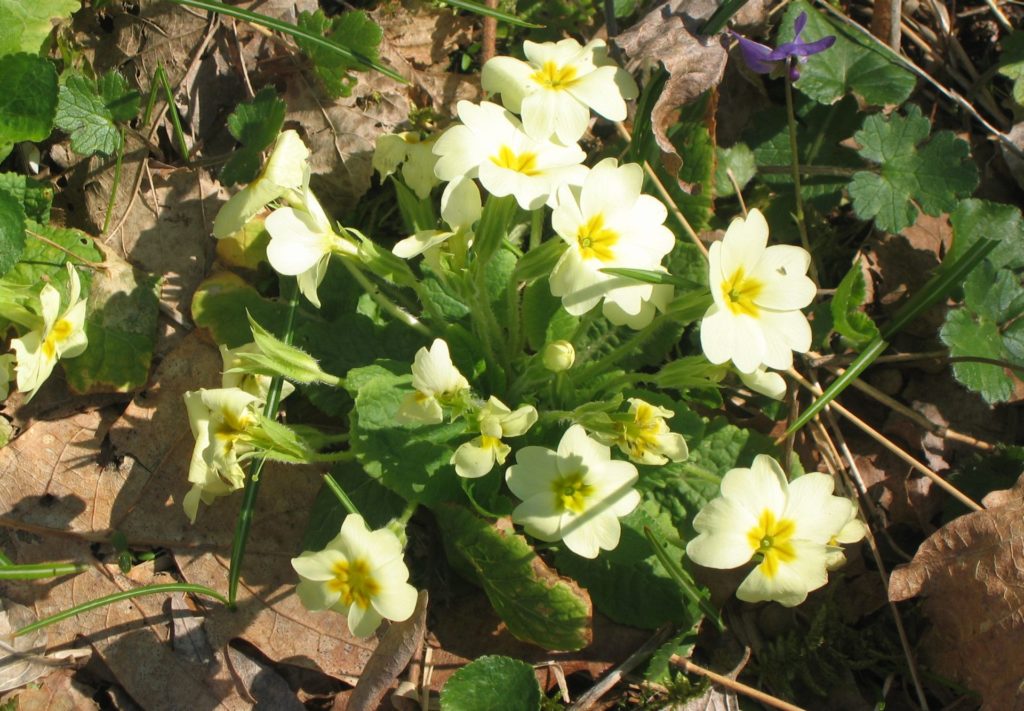
In classical mythology, Krokos or Crocus was the beloved companion of the god Hermes. He was accidentally killed by the god during a discus game. Wherever the blood of Krokos fell, a crocus flower appeared.
3. And what do you think about the primrose (Primula vulgaris) that grows on sunny banks of water streams and in old woodlands? Wild primroses are very rare in Western Europe, although you can buy the cultivated ones in all flower shops. The soft yellow flowers of primrose are nestled in clusters among their rosettes of textured leaves.
Although they do not belong to the rose family, the name Primrose is derived from the Latin words for ‘first’ (prima) ‘rose’ (rosa).
4. The glossy butter-yellow petals of the lesser celandine (Ranunculus ficaria) can be found along damp woodland paths, but also on stream banks and in ditches.
It was once thought that lesser celandine flowers could be used as indicators of rain, as they close their petals just before the droplets start to fall.
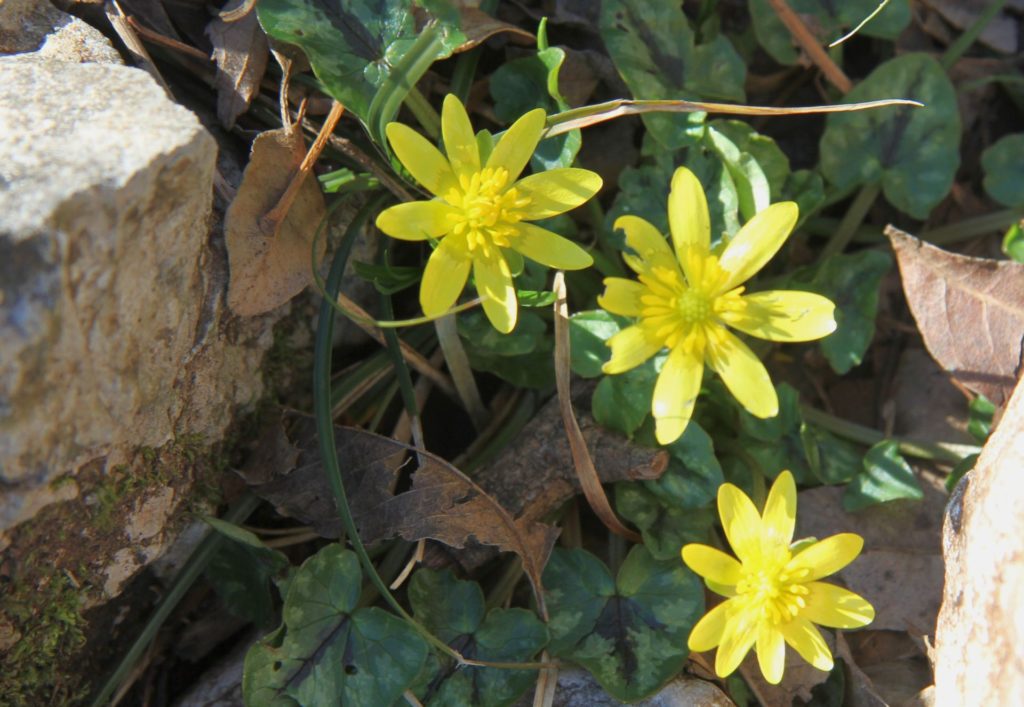
Moreover, lesser celandine was believed to be a remedy for hemorrhoids. As the flowers are rich in vitamin C, they were also used to prevent scurvy.
5. The windflower or wood anemone (Anemona nemorosa) is common in old woodlands. Some of them develop a pale pink, lilac or deep purple tinge as they age. The flower closes up in wet and cloudy weather and hides away during the night.
The wood anemone is also called the Flower of Death in China, and it was an emblem of ill health in ancient Egypt. Areas of Europe also associated the flower with misfortune. It is unclear whether the bad luck arose from fear of disturbing fairies or from the fact that the plant is poisonous and cattle have died from ingesting it.
6. The Scilla bifolia (“bifolia” means “twin-leaved”), less known as Alpine squill, shows its tiny violet-blue flowers in March. It can be found in shady places, beech woods and mountain grasslands throughout the Mediterranean countries.
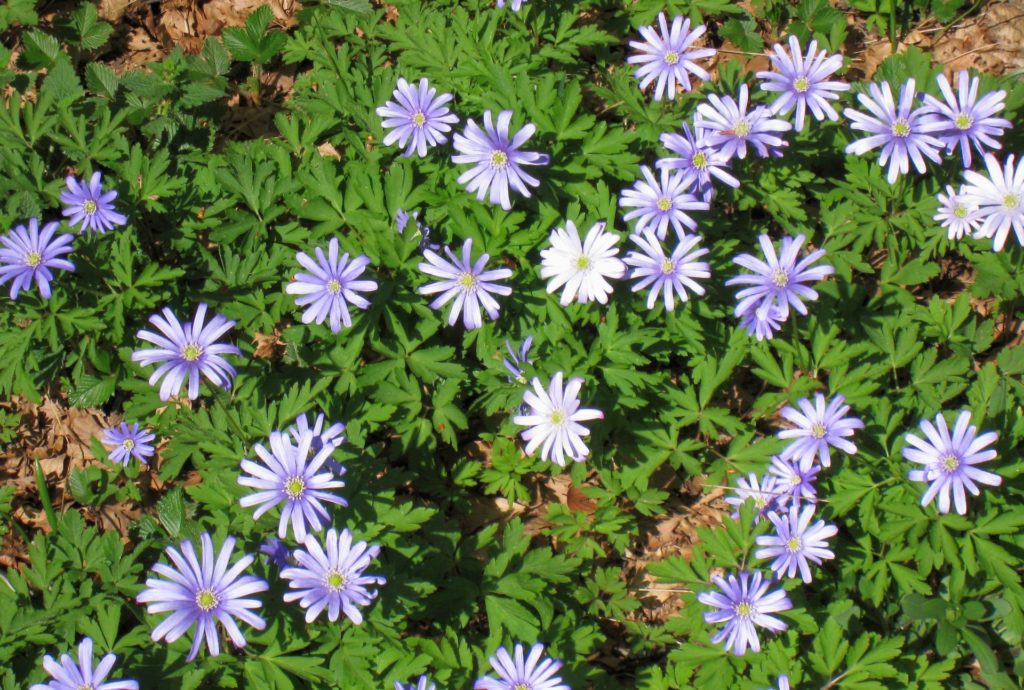
7. And finally, enjoy the beautiful purple and blue colors of the sweet violet (Viola odorata). This sweetly-scented violet flowers from February to May, but you may have to get on your hands and knees to admire its perfume, as it grows along paths and under hedgerows.
In ancient Athens, the violet was believed to moderate anger, strengthen and comfort the heart, and promote refreshing sleep. The leaves, which have antiseptic properties, can be used in ointments or as poultices for bruises and, when made into a tea or syrup, they were also taken for internal inflammations and coughs.
Are we all aware of the treasures offered by nature in Montenegro? I am now presenting the first spring flowers, but just imagine how the countryside will look like in May and June, when nature lovers can admire the magic of orchids, mountain flowers and medicinal herbs!
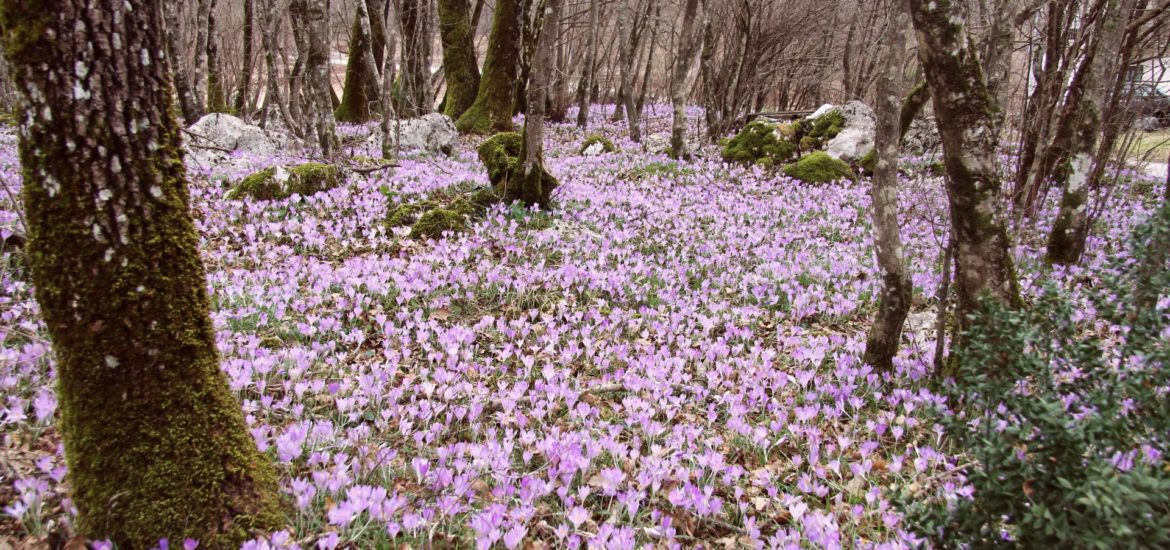
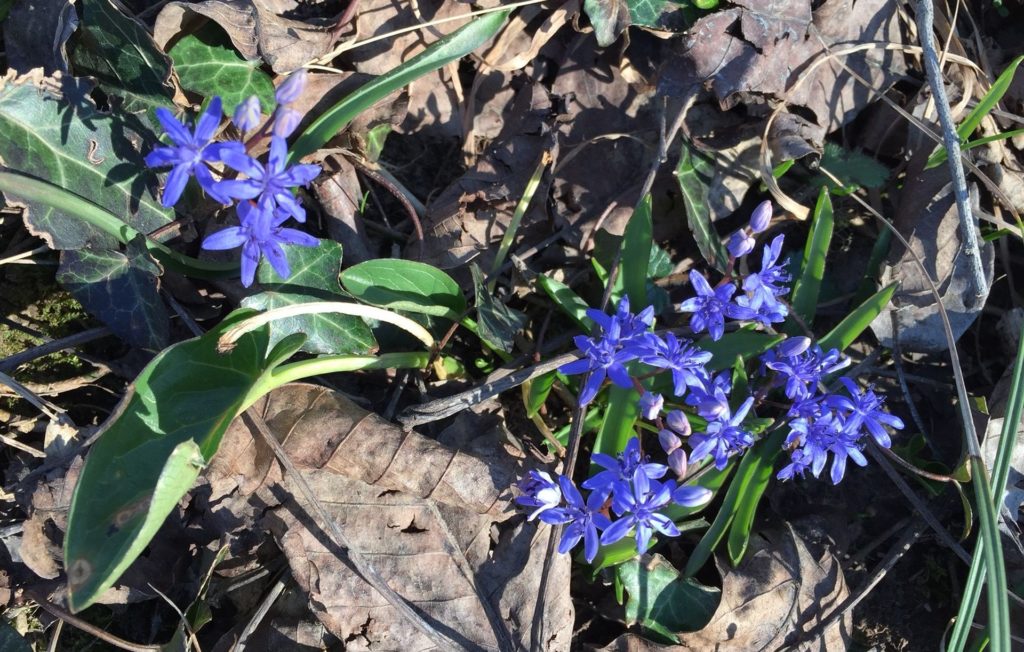
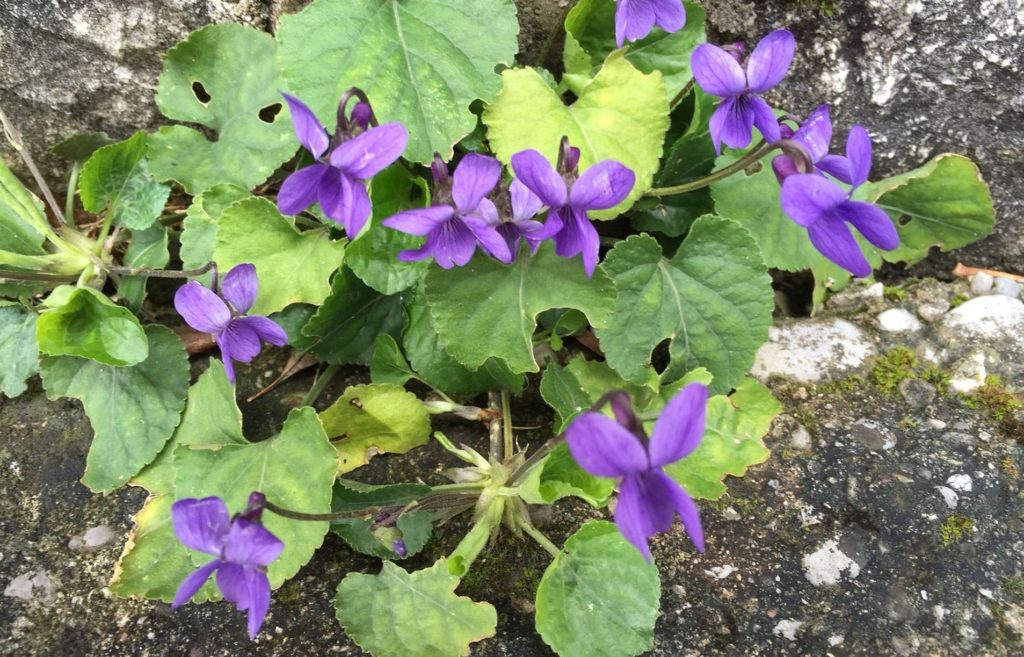
Must be so amazing to live in such a beautiful country